
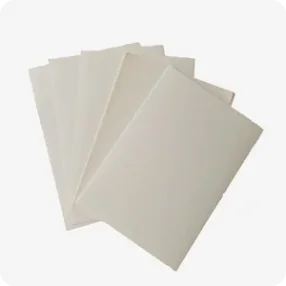
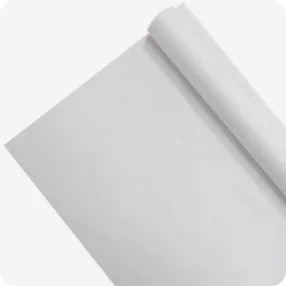
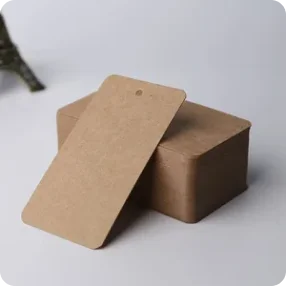
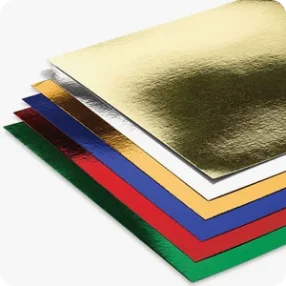
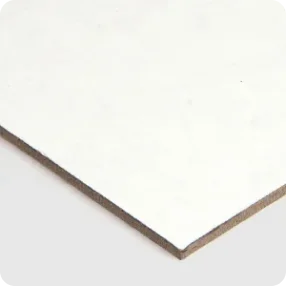

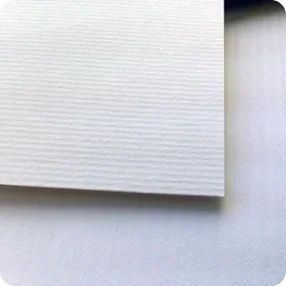
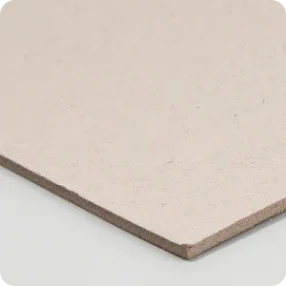
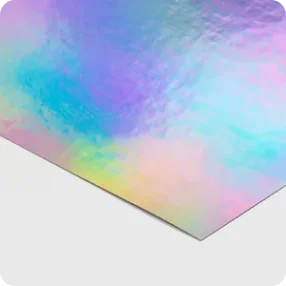
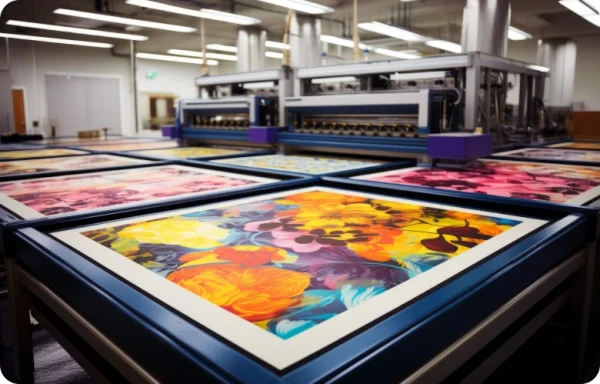
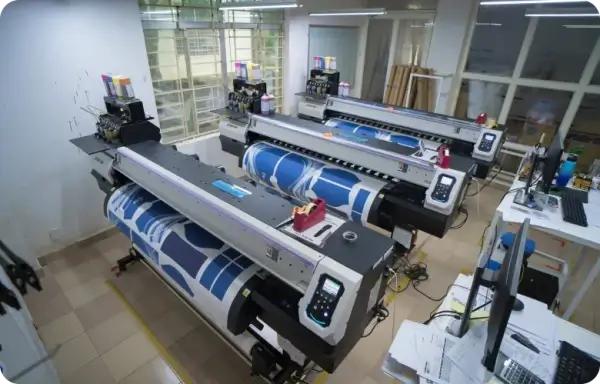
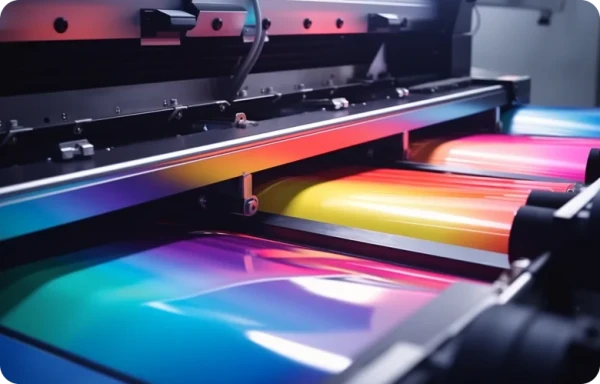
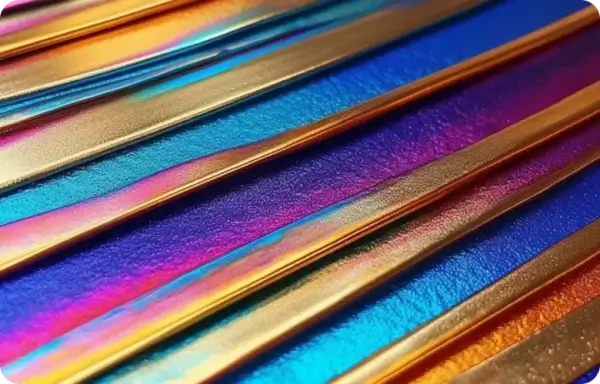
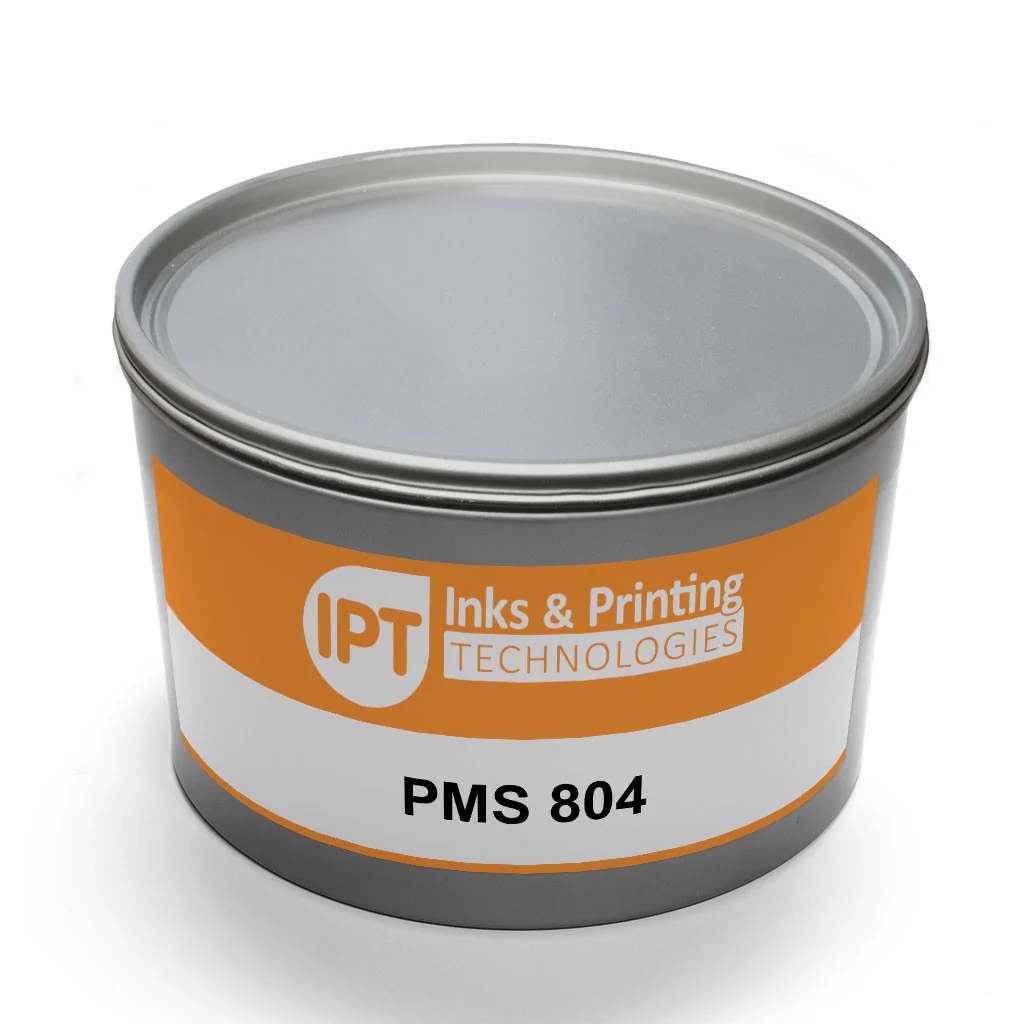
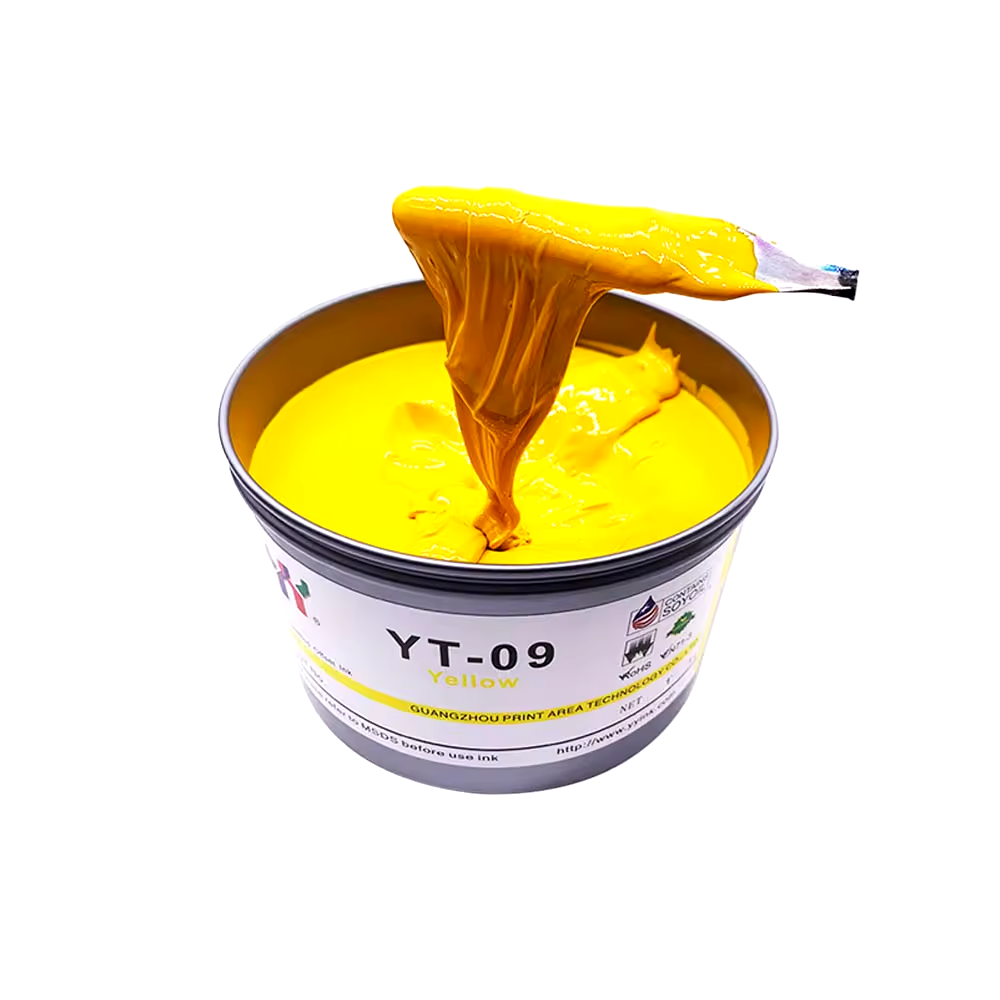
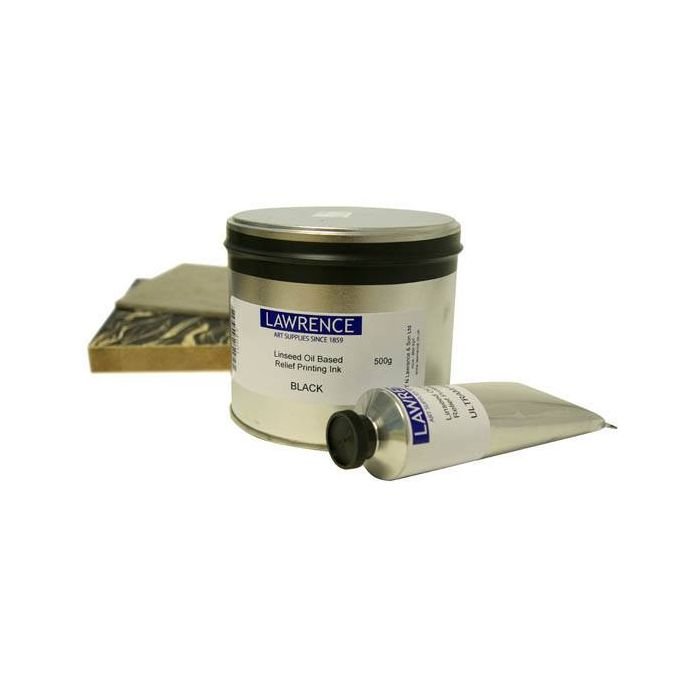
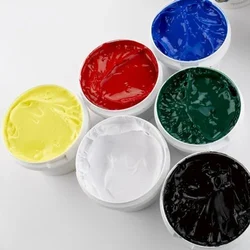
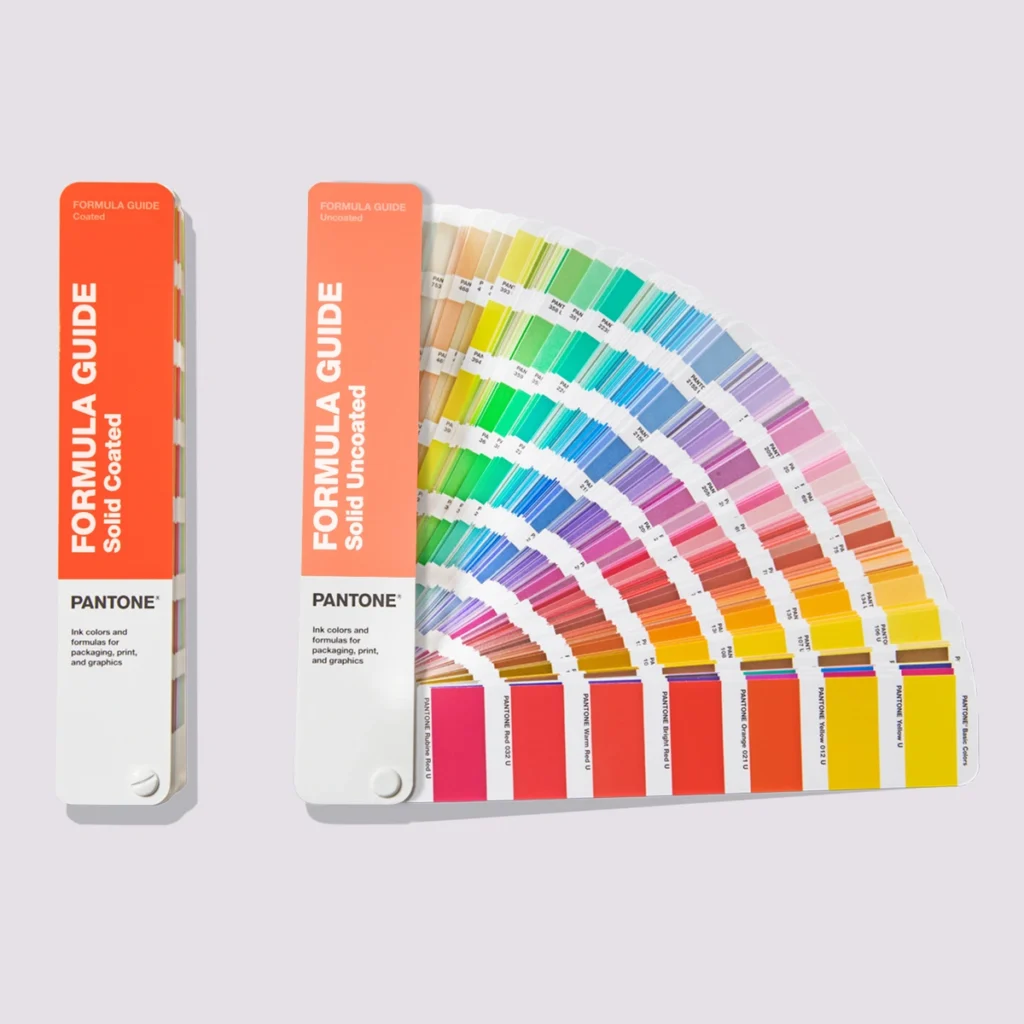
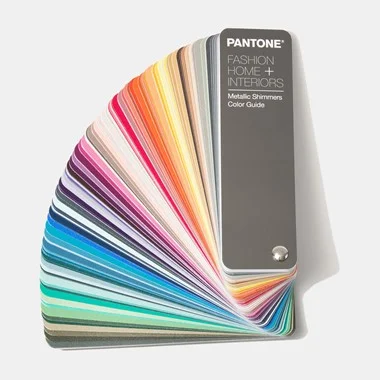
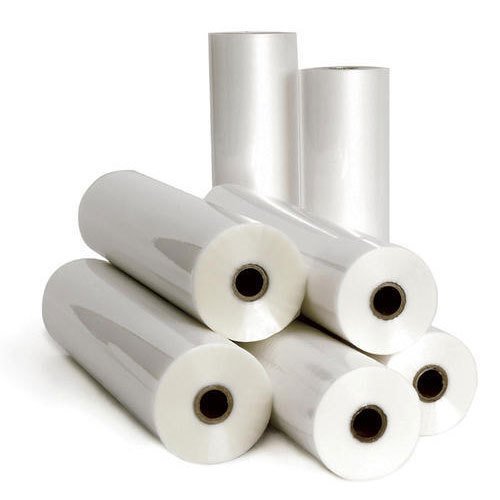
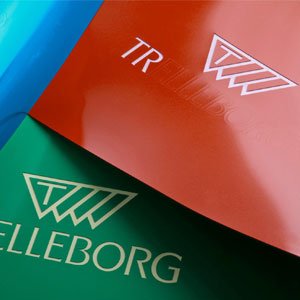
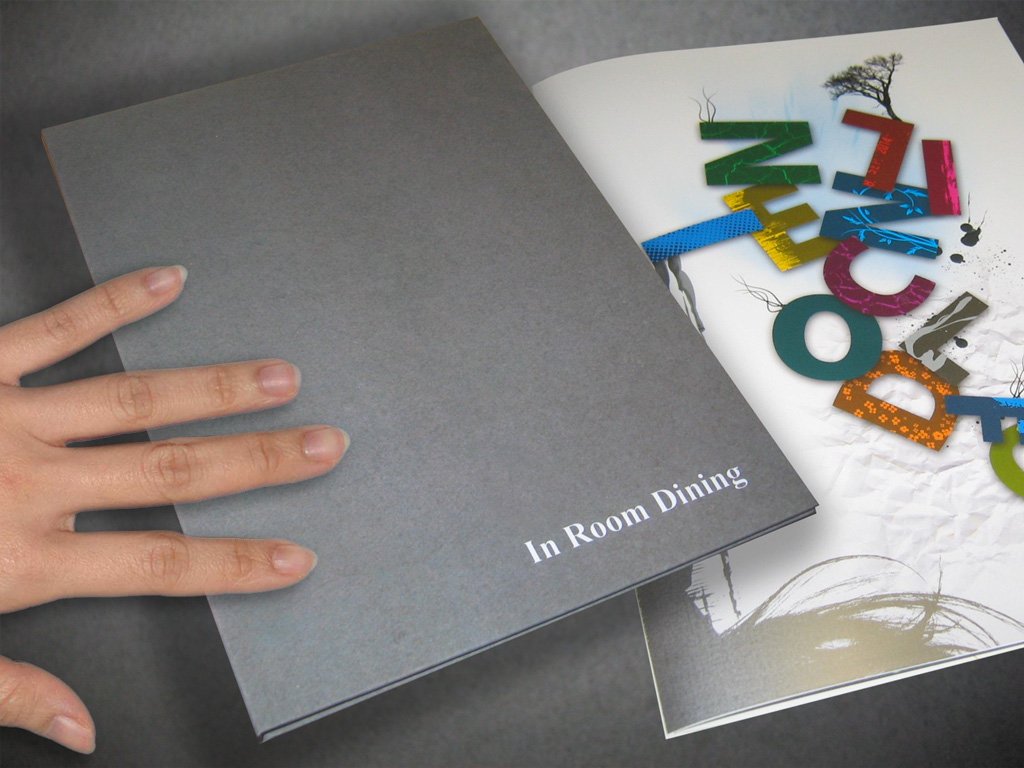
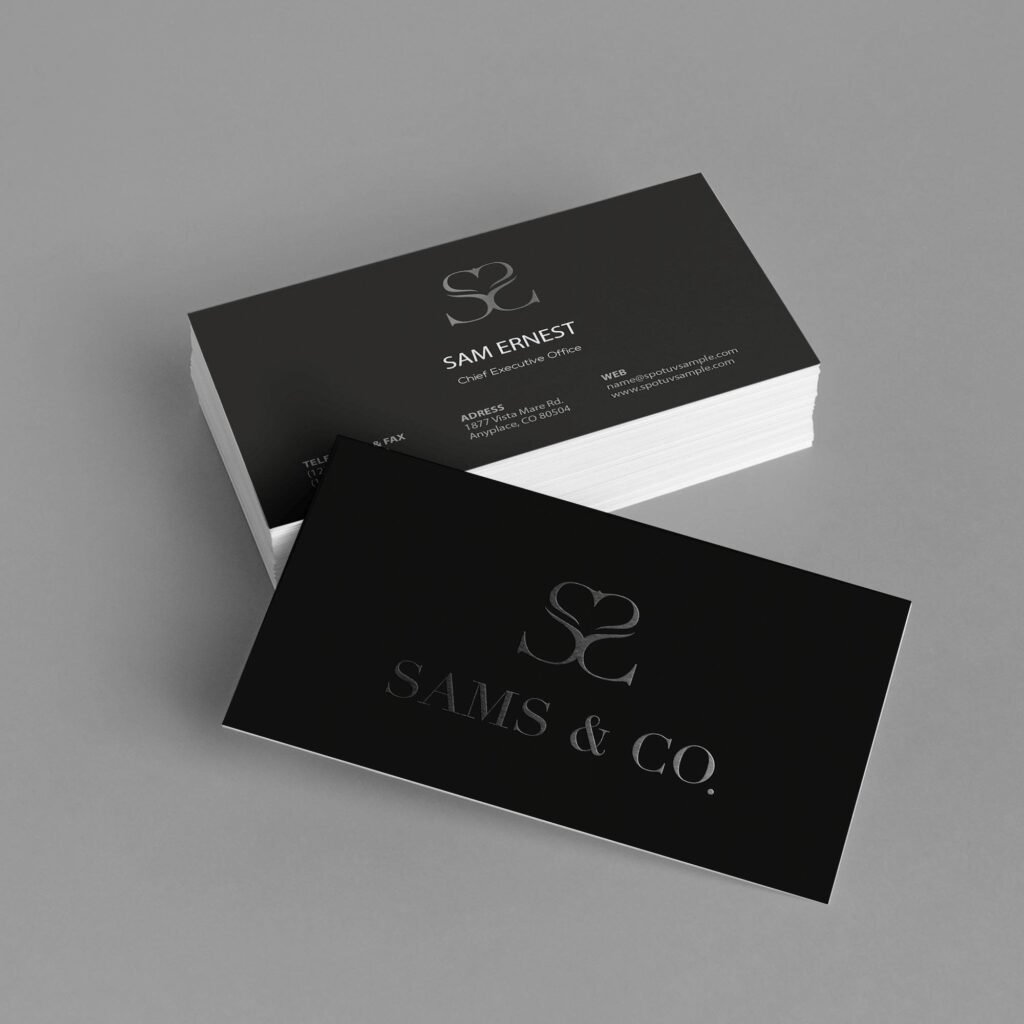
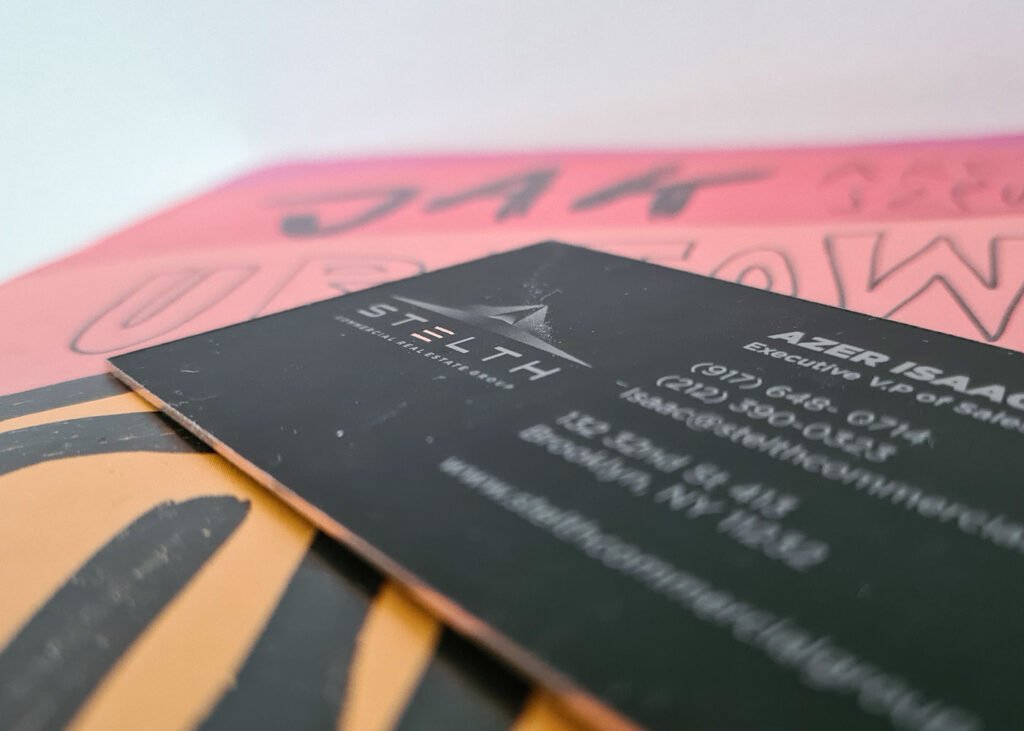
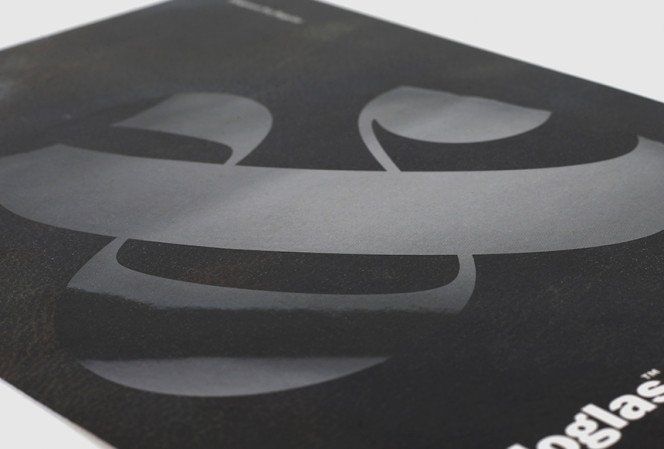
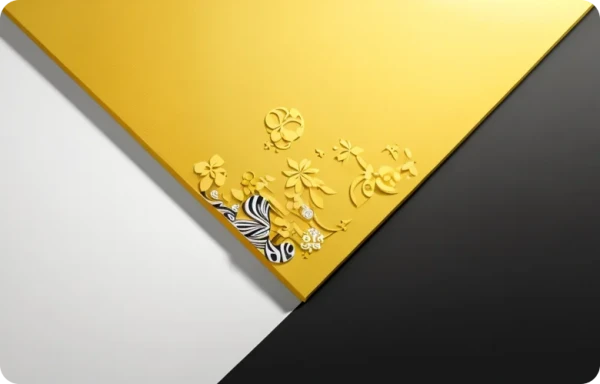
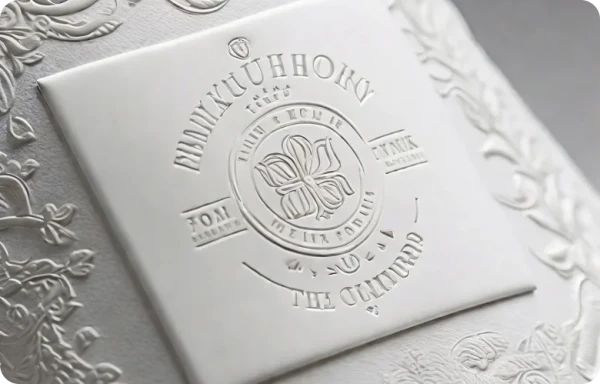
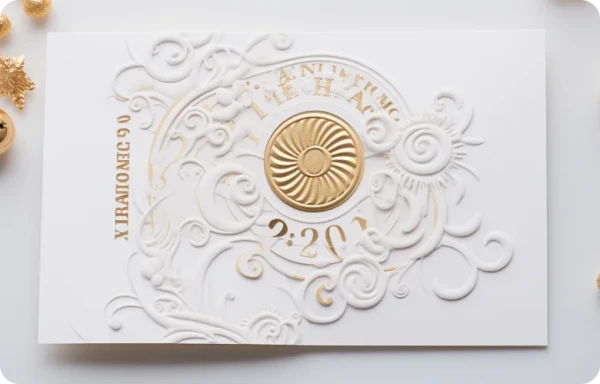
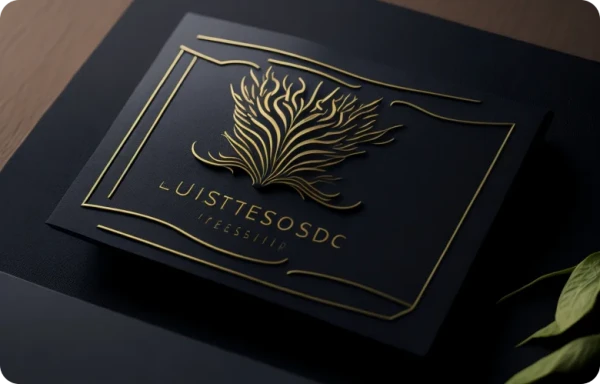
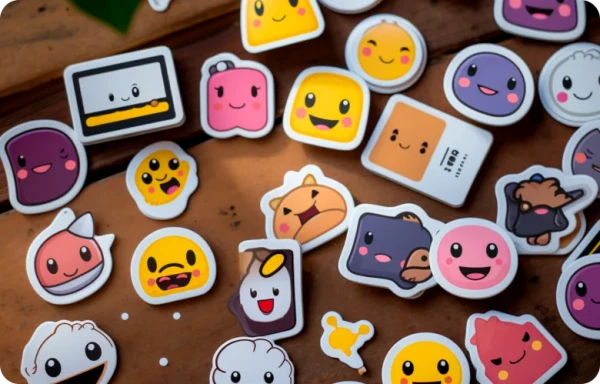
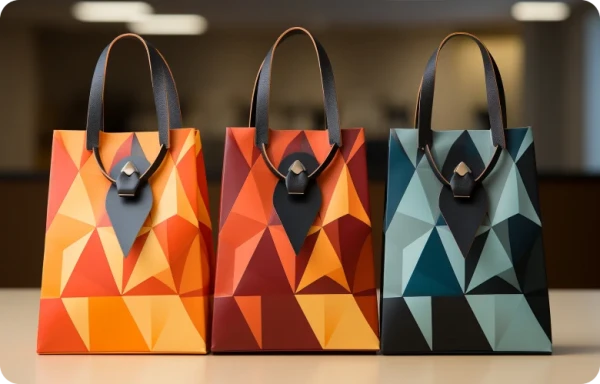
Food tray packaging is a protective and convenient solution used to store, transport, and serve food safely. From takeout meals to frozen dinners, food trays help maintain freshness, hygiene, and presentation. These trays come in various materials, shapes, and sizes, designed to meet different food industry needs.
There are multiple types of food packaging materials, including plastic food trays, aluminum trays, and paper-based trays. While plastic trays are lightweight and cost-effective, they raise concerns about environmental impact. Aluminum food trays are recyclable and heat-resistant, making them perfect for oven use. Meanwhile, biodegradable food packaging options like bagasse trays and molded fiber trays offer eco-friendly alternatives.
The right food tray packaging is essential for ensuring food safety, reducing waste, and enhancing brand appeal. Businesses must choose trays based on durability, sustainability, and functionality to meet both consumer preferences and industry regulations.
Choosing the right food tray packaging material is crucial for food safety, sustainability, and functionality. Each material has unique benefits and drawbacks, making it essential to select the best option for your business needs.
🔹 Plastic Food Trays – Lightweight, durable, and cost-effective, these trays are commonly used for takeout and frozen meals. Options like C-PET and RPET trays are microwave-safe and recyclable, though some plastics contribute to environmental waste.
🔹 Aluminum Food Trays – Heat-resistant and fully recyclable, these trays are ideal for oven-baked meals and takeout. They help retain food temperature but can be prone to bending if not handled properly.
🔹 Paper & Biodegradable Trays – Made from bagasse, molded fiber, or kraft paper, these eco-friendly food trays are compostable and sustainable, reducing plastic waste. However, they may not be suitable for liquid-based foods without a protective coating.
Selecting the right food packaging materials ensures better food preservation, brand value, and customer satisfaction.
To ensure food safety, freshness, and sustainability, businesses must follow best practices when choosing and using food tray packaging. Here are some key factors to consider:
🔹 Select the Right Food Packaging Materials – Different foods require different trays. Plastic food trays work well for takeout, while aluminum trays are ideal for oven-ready meals. Compostable food packaging is best for eco-conscious brands.
🔹 Ensure Proper Seal Integrity – A secure seal prevents leaks, contamination, and food spoilage. Using high-quality lids and heat-sealing technology can improve product safety.
🔹 Optimize Custom Food Tray Design – Adding logos, branding, and labeling enhances brand identity and customer engagement.
🔹 Focus on Sustainability – Opt for biodegradable food packaging and recyclable materials to reduce waste and meet environmental regulations.
Implementing these best practices improves product presentation, customer satisfaction, and business credibility.
Even the best businesses can make packaging mistakes that lead to food spoilage, customer dissatisfaction, and environmental harm. Here are some common errors to avoid:
🔹 Using Non-Recyclable or Harmful Materials – Many businesses still rely on single-use plastic food trays that harm the environment. Switching to biodegradable food packaging or compostable food trays is a smarter choice.
🔹 Choosing the Wrong Food Tray Packaging – Not all trays are suitable for every food type. Microwave-safe food packaging is essential for reheatable meals, while aluminum food trays are better for oven use.
🔹 Ignoring Seal Integrity – A poorly sealed tray can cause leaks, contamination, and food spoilage. Always ensure secure sealing with quality lids or wrapping.
🔹 Lack of Branding & Labeling – Custom food tray design with clear branding and labeling improves customer trust and product appeal.
Avoiding these mistakes ensures better food preservation, sustainability, and customer satisfaction.
The food tray packaging industry is rapidly evolving with new technologies and sustainable innovations. Businesses must stay ahead by adopting modern packaging solutions that cater to consumer demands and environmental concerns.
🔹 Smart Food Packaging – The rise of temperature-sensitive labels and freshness indicators helps ensure food safety and quality.
🔹 Sustainable Materials – The shift toward biodegradable food packaging, compostable food trays, and reusable food trays is becoming the new standard for eco-conscious brands.
🔹 Minimalist & Lightweight Designs – Reducing excess packaging lowers costs and waste, making packaging more efficient and sustainable.
🔹 Regulatory Changes – Governments are enforcing stricter food packaging regulations, encouraging businesses to adopt eco-friendly alternatives.
🔹 Custom Food Tray Design – Innovative shapes, colors, and branding enhance customer experience and boost brand identity.
By embracing these emerging trends, businesses can stay competitive, reduce environmental impact, and meet future market demands.
Here are some common questions and answers about food tray packaging to help businesses and consumers make informed decisions.
🔹 What is the best material for food tray packaging?
The best material depends on usage. Plastic food trays are lightweight and cost-effective, while aluminum trays are heat-resistant and recyclable. For eco-friendly options, biodegradable food packaging like bagasse or molded fiber trays is ideal.
🔹 Are food trays recyclable?
Yes, but it depends on the material. Aluminum food trays and RPET plastic trays are recyclable, while compostable food trays decompose naturally.
🔹 How do I choose the right food tray packaging?
Consider food type, sustainability, heat resistance, and durability. Custom food tray design can also enhance branding.
🔹 Are there eco-friendly food tray options?
Yes! Biodegradable, compostable, and reusable food trays help reduce environmental impact.


